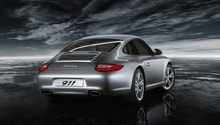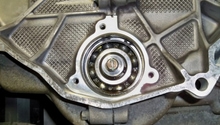Porsche 997: What are the Differences Between the 997.1 and 997.2?
The 997 improved upon the 996 in a number of ways, but just three years after its release, the second-generation 997 improved even upon it even more. Here are some of the main differences, which may help you when deciding between buying one instead of the other.
This article applies to the Porsche 911 (997) (2005-2012).
First-generation 997s came with standard 18-inch wheels and offered slightly more power, but neither offered the evolutionary leap Porsche owners expected. The 997S offered further improvements, including a slightly larger engine, sports suspension, and sports exhaust.
In 2009, Porsche released its second-generation 997s, which featured a direct-injection engine. This update provided one of the company's biggest changes - the introduction of its dual-clutch transmission, or PDK. Second-generation 997s were faster, lighter, and provided better fuel economy. Porsche also introduced its 997 Turbo, which offered a modified -- and much improved -- all-wheel drive system and an optional torque vectoring system. In 2009, Car and Driver, in its review of the second-generation 997s, said that with the Turbo, Porsche offered drivers the ability to go from 0-60 in three seconds flat.
Other changes between the first and second-generation 977s include a revised suspension, a modified front bumper, a larger air-intake system, updated headlights, taillights, and turn signals, a redesigned sports exhaust and PCM system, with optional touch-screen navigation and Bluetooth, and, of course, the seven-speed dual clutch transmission (PDK), which replaced the Tiptronic S option.
Here is a general overview of differences between the first and second-generation non-GT3 models, including the Carrera, Carrera S, Turbo/TurboS, 2WD, 4WD, Cabrio, and Targa.
Carrera
Little changed between the 996 and 997 Carrera. It retained its 3,596 cc (3.596 L; 219.4 cu in) flat-6 engine. The Carrera S offered a 3.8L engine, Porsche Active Suspension Management with lowered suspension, 19-inch wheels, an improved braking system, sports exhaust, bi-Xenon headlights, and aluminum-finished instrumentation. The second-generation Carrera S has a 3.8 L integrated dry sump. The four-wheel drive versions have a wider rear track, and high-performance two and four-wheel drive versions use this same body shell. Power increases between the two generations of Carreras include an increase from 325 to 345hp for the 3.6 L and from 355 to 385hp for the 3.8 L Carrera S.
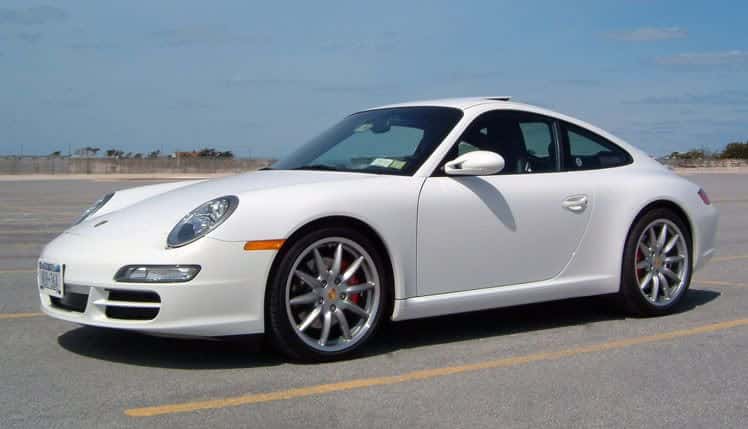
Turbo/Turbo S
The 997 Turbo has LED turn-signal strips in the air intakes, updated fog lamps, large air intakes, and a retractable rear wing. It has an H6 Twin Turbo engine, and it uses two Borg-Warner VTG turbos. At the time, this was the only Porsche to do so, since VTG was primarily available only on cars with diesel engines. Second-generation Turbos are fast, with those with a manual transmission able to go from 0 to 60 in 3.7 seconds, and those with the PDK dual clutch transmission able to do the same in 3.4 seconds. Second-generation Turbos have 6-cylinder, 3.8 L box engines, LED rear lights, updated headlights, redesigned 19-inch wheels, and larger rear-exhaust outputs. Second-generation Turbos are available with manual transmissions and with PDK dual-clutch gearboxes. Porsche offers an optional three-spoke steering wheel and gearshift paddles for cars with PDK. Porsche also boasts that the 911 Turbo, with the optional sport chrono package, can overboost for 10 seconds, which increases its peak torque.

Turbo Cabriolet
Along with the major differences between first and second-generation 997s, the updated Turbo Cabriolet, despite its weight and poor aerodynamics, can go as fast as the turbo coupe, touching nearly 200 MPH. At the time of its release, this was the only Cabriolet that could do this. Second-generation non-turbo models had either a 3.6 L or 3.8 L integrated dry sump.
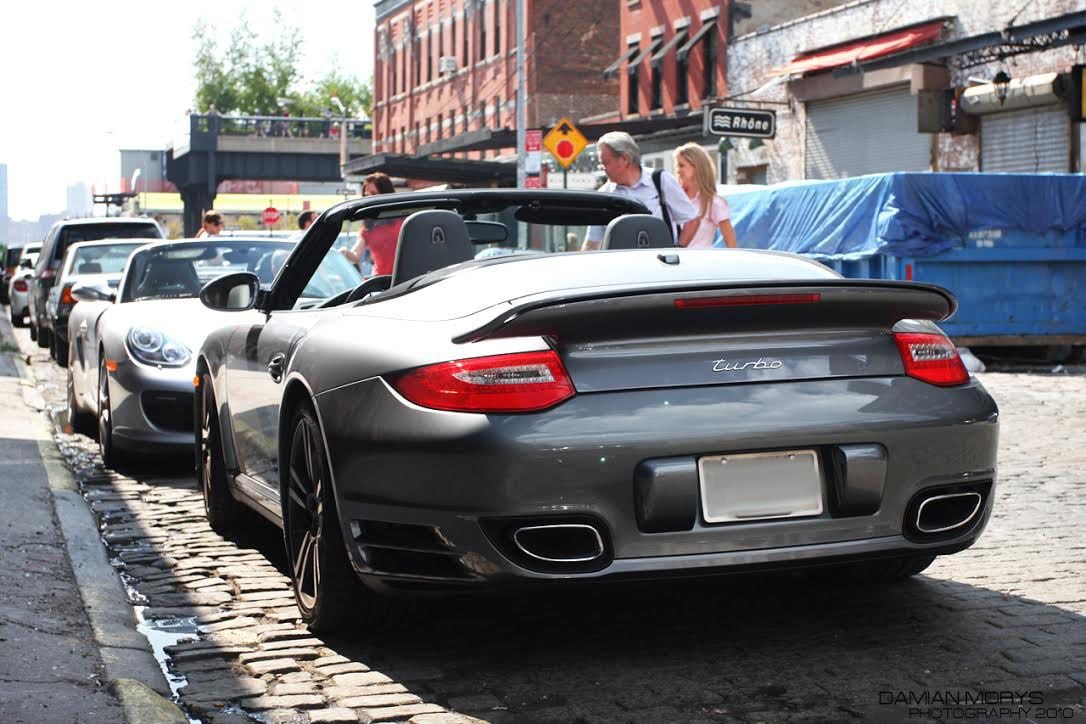
Targa 4/4S
Porsche made the Targa 4/4S available only with four-wheel drive, which some drivers report causes it to be slower than its Carrera counterparts. The first-generation Targa 4/4S had a glass roof and hatch and a retractable roof. Detracting the roof causes a small glass deflector to raise above the windshield. This helps the car remain aerodynamically stable. First-generation Targas have a 3,596 cc (3.6 L; 219.4 cu in) H6 engine; second-generation Targa 4s have a 3.6 L integrated dry sump, and second-generation Targa 4Ss have a 3.8 L integrated dry sump.
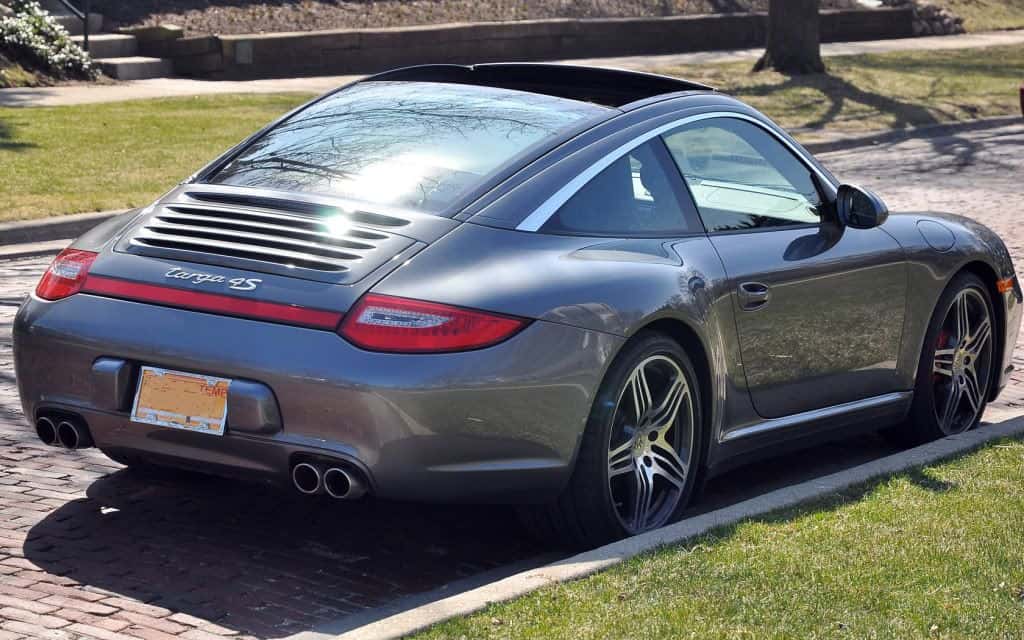
Common Problems
Owners of first-generation 997s reported IMS (intermediate shaft) bearing failures, which has been attributed to its poor design. Owners had little to no warning before these bearings failed, which, when they did, destroyed the engine. Anecdotally, between 1% and 5% of first-generation 997s had IMS bearing failures. Of these failures, the 3.4 Ls tended to have more than the 3.6 Ls, but the early Carreras (with their boxster engines) saw more than their fair share of IMS bearing failures. Porsche redesigned the IMS bearing in its second-generation 997s, and, as a result, owners have reported fewer IMS bearing failures. Keep in mind that you may be able to negotiate a better price on first-generation 997s than on second-generation 997s because of this known problem.
This issue does not affect Turbo or GT models, and is much less prevalent with later Carrera models. Anecdotes on the forum suggest that in the transition to the 997.2 generation, concerns of this issue are near non-existent.
Featured Video: Porsche 911 Turbo S (997.2) vs. Porsche 911 Turbo (997.1)
Related Discussions and Sites
- 2005 vs. 2006 997S - Rennlist.com
- Why Did You Choose the 997.1 or 997.2? - Rennlist.com
- 997.1 vs. 997.2 - 6SpeedOnline.com
- 2008 Porsche 911 GT2 - CarandDriver.com
- 2009 Porsche 911 Carrera S - CarandDriver.com


